Service Detail

Software Development
Software development is the process of designing, creating, testing, and maintaining software applications, encompassing various activities from initial conception to ongoing maintenance, and involving diverse skills and tools.
Key Features:
Software Development Life Cycle (SDLC):
Planning: Defining project goals, scope, and resources.
Requirements Gathering: Understanding user needs and expectations.
Design: Planning the software's architecture, user interface, and database models.
Development/Coding: Writing the software code.
Testing: Identifying and fixing bugs and ensuring the software meets requirements.
Deployment: Releasing the software to users.
Maintenance: Providing ongoing support, updates, and improvements.
Software Development Tools:
Integrated Development Environments (IDEs): Visual Studio ,Visual Studio Code,Sublime,Eclipse,NetBeans
Version Control Systems: Git,GitHub,Bitbucket,GitLab,Sourcetree
Project Management Tools: Jira
Testing Tools: Postman
Collaboration Tools: Slack
Containerization: Docker
Continuous Integration/Continuous Deployment (CI/CD): Jenkins,Kubernetes
Software Development Methodologies:
Agile: An iterative and flexible approach.
Waterfall: A sequential approach.
DevOps: A culture of collaboration and automation.
Benefits:
Tailored Solutions: Custom software development allows businesses to create solutions that precisely match their unique needs and requirements, unlike off-the-shelf software.
Cost-Effectiveness: While the initial investment in custom software development may seem higher, it can be more cost-effective in the long run by eliminating the need for expensive licensing fees and providing greater control over the software's functionality.
Integration with Existing Systems: Custom software can be designed to seamlessly integrate with existing systems and databases, ensuring a smooth transition and avoiding data silos.
Competitive Advantage: Custom software can provide a unique competitive advantage by offering innovative features and functionalities that differentiate a business from its competitors.
Software Development Services We Offer
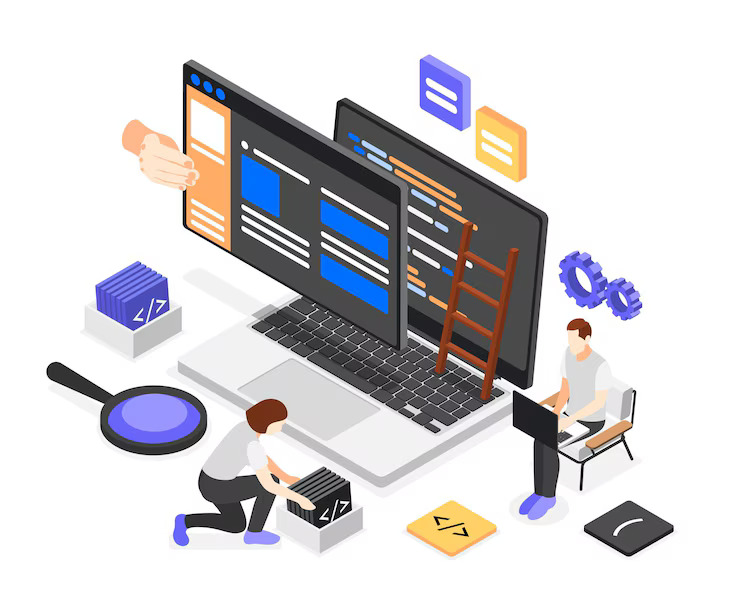
Custom Software Development
Custom software development is the process of creating software tailored to a specific organization's or user group's unique needs, unlike off-the-shelf software, which is designed for general use.
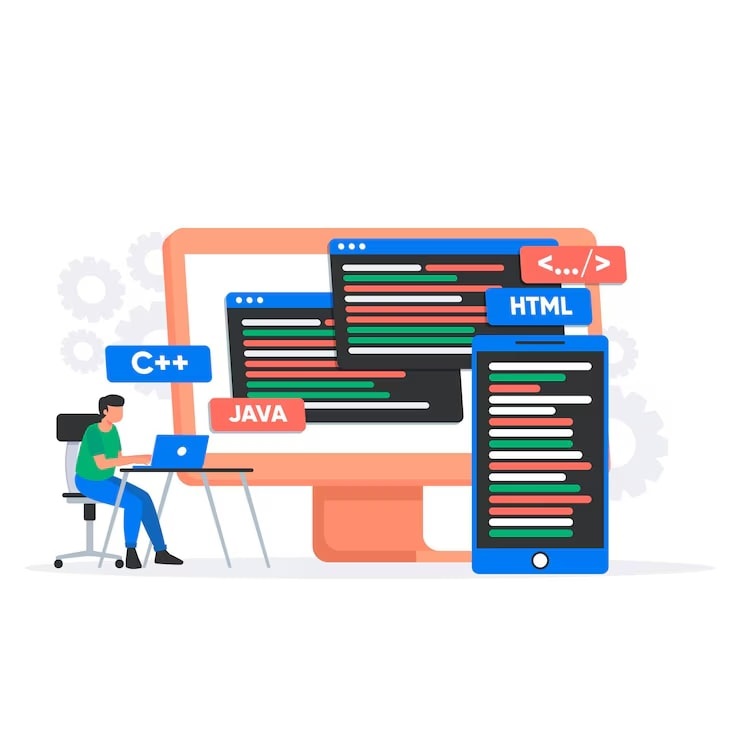
Web Application Development
Web application development is the process of creating interactive software applications accessible through web browsers, involving designing, building, testing, and deploying applications on servers and delivering them to users online.
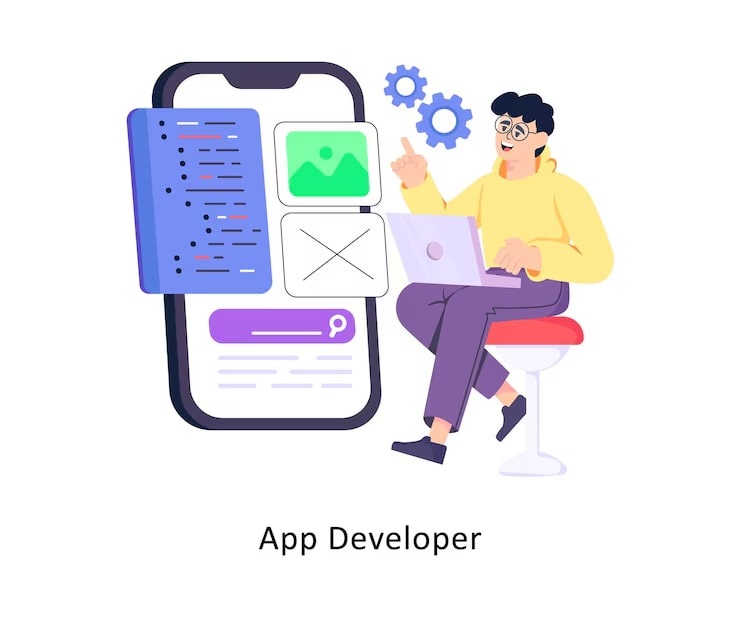
Mobile Application Development
Mobile application development is the process of creating software for smartphones, tablets, and other mobile devices, often for Android and iOS operating systems, and can involve native, cross-platform, or web app development approaches.

Desktop Application Development
Desktop application development involves creating software that runs locally on a user's computer, leveraging the operating system's features and capabilities, and typically requiring installation rather than web-based access.
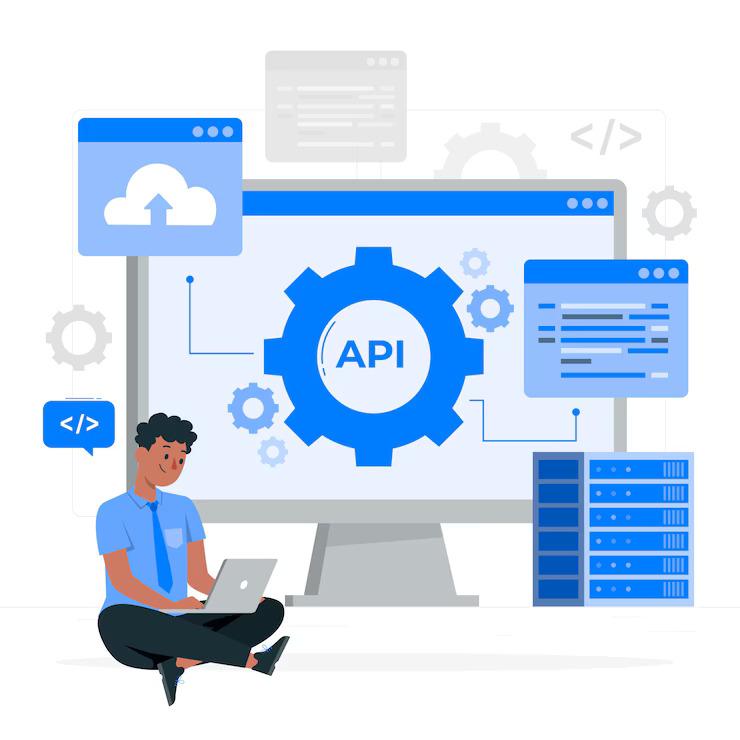
API Development
API (Application Programming Interface) development involves creating interfaces that allow different software applications to communicate and exchange data, enabling functionality sharing and integration.
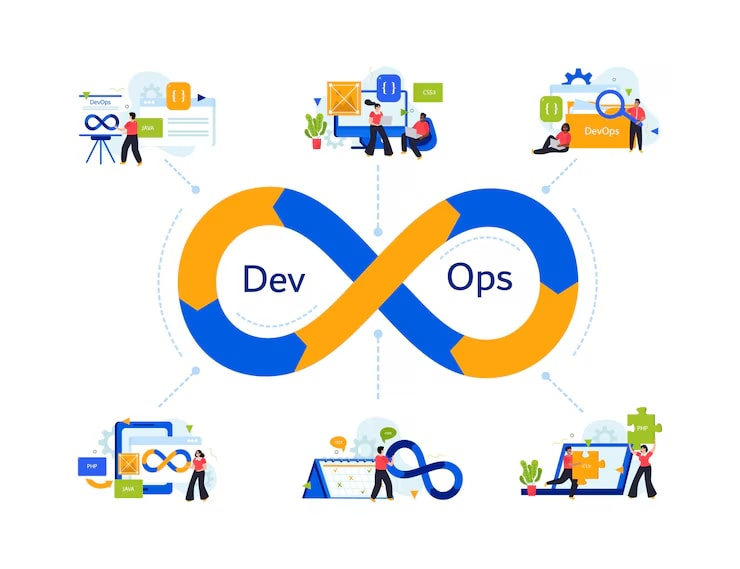
DevOps Automation
DevOps automation involves using tools and processes to automate manual tasks in software development and IT operations, aiming to improve efficiency, reliability, and speed across the software development lifecycle.
.jpg)
Quality Assurance(QA)
Quality Assurance (QA) is a systematic approach to ensure products and services consistently meet customer expectations, industry standards, and company specifications, focusing on preventing defects rather than just detecting them after they occur.
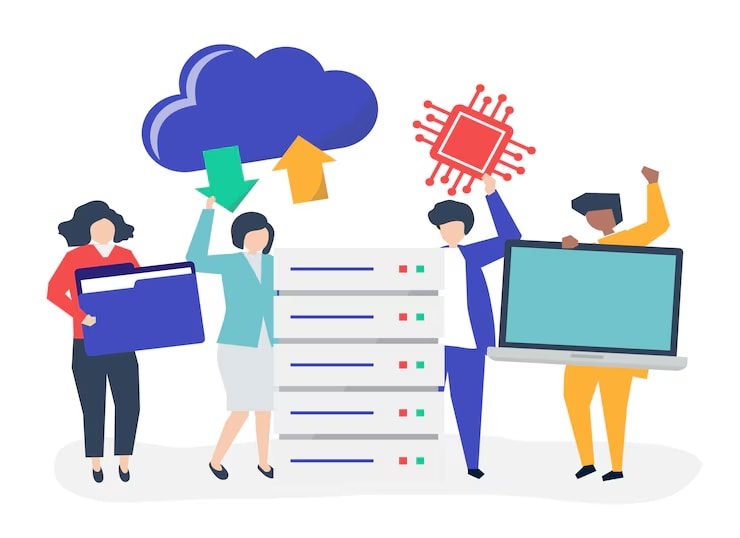
Systems Integration
System integration is the process of connecting and combining different systems, software, and hardware to function as a cohesive, unified whole, enabling seamless data flow and communication.
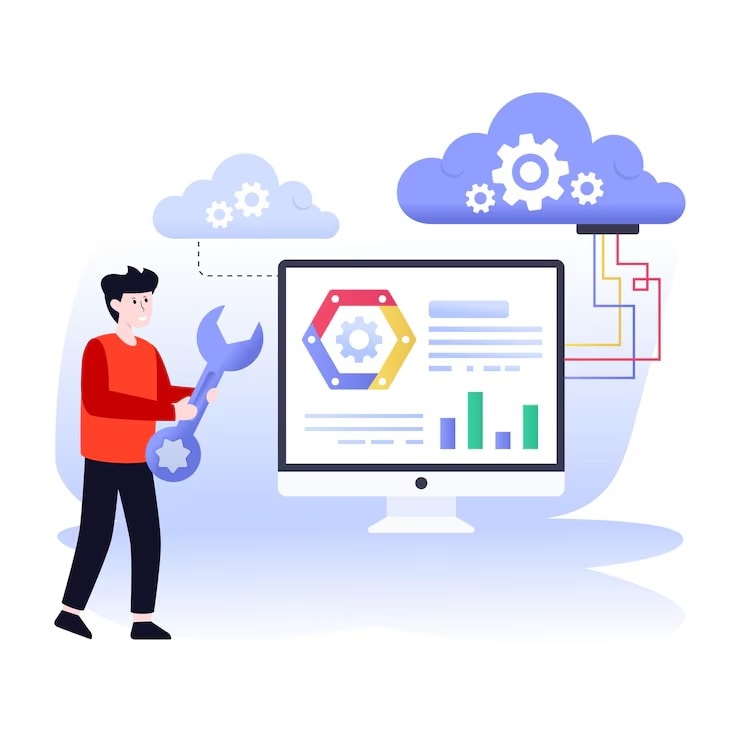
Software Support and Maintenance
Software support and maintenance are crucial for ensuring applications remain functional, efficient, and aligned with evolving business needs, encompassing bug fixes, updates, and performance enhancements.
